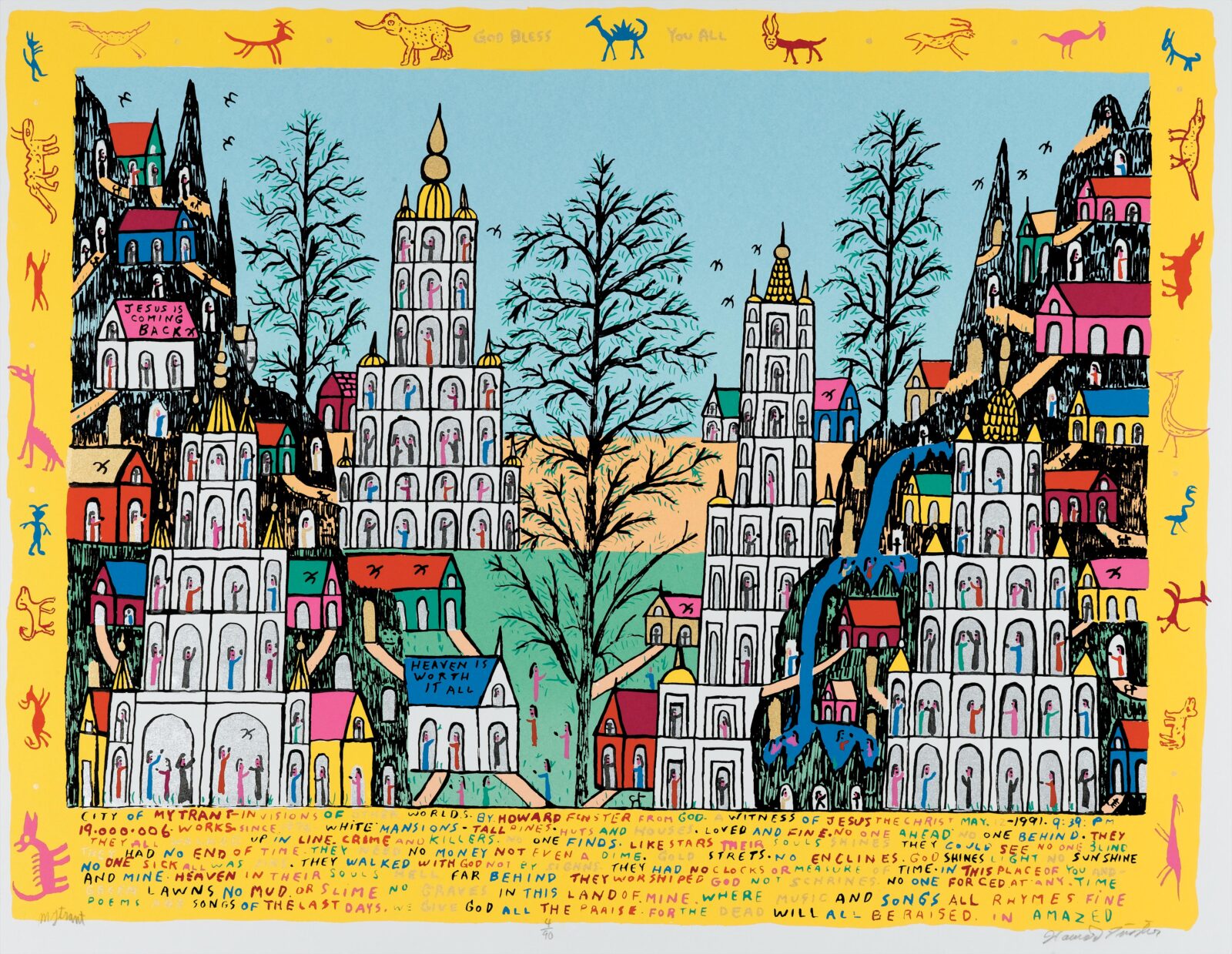
- This event has passed.
And They All Sang Hallelujah
April 15, 2023 @ 8:00 am - July 2, 2023 @ 5:00 pm

The cultural landscape of the American South is shaped and often identified by many things, religion among them. In the popular imagination, religion in the South is distinguished not by its denominations—mainly Protestant, often Evangelical—but by its conservative fundamentalist orientation. The single largest denominational body is the Southern Baptist Convention, and the wide distribution of its many churches is often considered one of the salient characteristics of the region. In the South, church attendance and church-associated activities play a significant role in the lives of communities and families.
From time immemorial, this important aspect of the life of the region has been explored by its visual artists, as demonstrated here by the work of Eldridge Bagley, William H. Clarke, Minnie Evans, Clementine Hunter, William Tolliver, and others. Their lives, like their work, closely reflect Southern life, whose common rituals include many that are of a specifically religious nature—weddings, funerals, prayer meetings. Religious imagery so suffuses life in the South that it should come as no surprise that Clementine Hunter’s first painting was of a baptism.
The visual culture of the South is not, however, altogether the province of the self-taught, and to demonstrate that, we have also included examples of the work of William Christenberry, Romare Bearden, Alfred Hutty, and Elliott Daingerfield. All but Hutty were sons of the South who, thoroughly imbued with the region’s customs and conventions, carried the generally accepted practices of their youths with them when they moved North. There, they continued to examine those folkways through their work for the rest of their careers. Hutty’s art was a different matter. An ardent convert to all things Southern from the time he first visited Charleston, South Carolina, in 1919—legend has it that he sent a telegram to his wife that said, “Come quickly, have found heaven!”—he divided his time seasonally between homes in Woodstock, New York, and Charleston, where he explored the local scene in his work for the rest of his career.
The work in this exhibition is drawn from the Morris Museum’s permanent collection.
